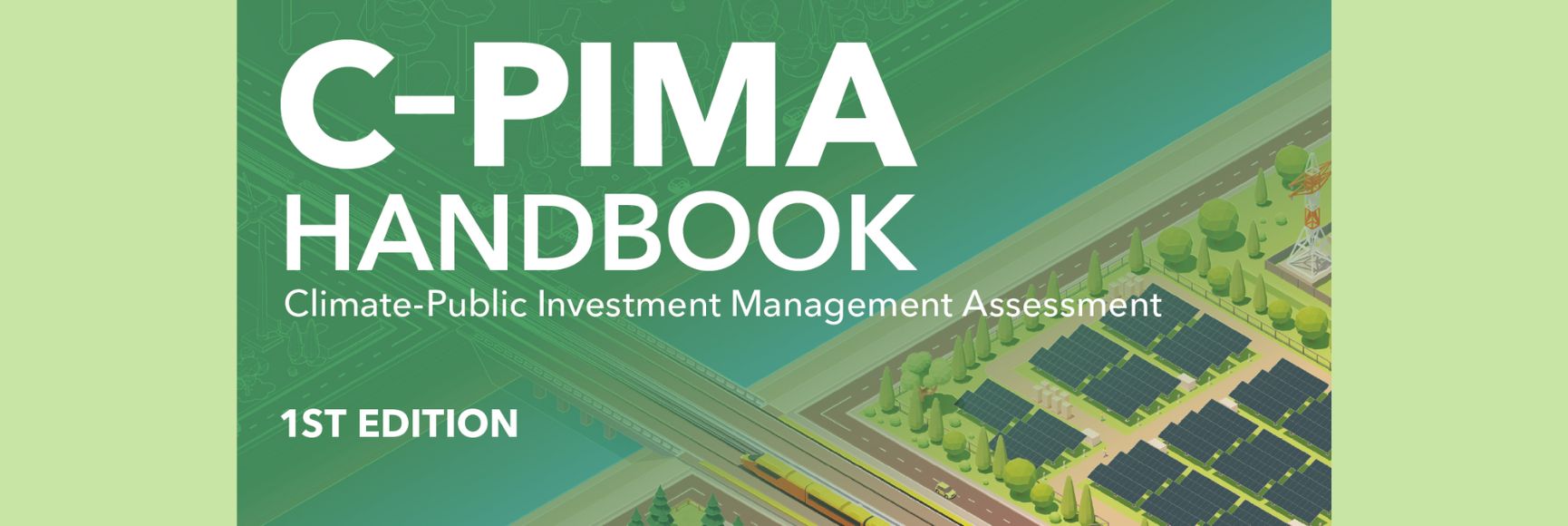Posted by Alberto Jimenez de Lucio, Statistics Department, IMF
Inspiration can come in the most unexpected moments, writes STA’s Alberto Jimenez de Lucio, who came up with a do-it-yourself guide to compiling financial statistics for government officials.
My eureka moment occurred two years ago. I had just finished assembling a bat house that actually looked like the picture in the box it came in; a minor accomplishment for any handyman, but a major achievement for someone who has difficulty changing light bulbs. What had made this outcome possible? The answer was a step by step, illustrated, assembly instructions sheet.
Could this approach work for helping member countries compile government accounts in accordance with international standards? Thus began the idea of writing a Government Finance Statistics (GFS) Compilation Guide for Developing Countries.
Next order of business was to find the resources to carry out the idea. The possibility arose a few months later while discussing the next phase of a DFID project for improving macroeconomic statistics in Anglophone Africa. After some negotiations, agreement was reached on drafting a “how to” compile GFS guide tailored to the specific issues faced by developing countries as part of the project (Enhanced Data Dissemination Initiative). Now we had the funding and were committed to writing the guide.
For the lone official
Until now I had never really thought of actually writing the guide myself, and therefore I was surprised when my Division Chief suggested that I be the main author. I eventually agreed and proposed a guide that drew on our 25 years of experience providing technical assistance and training to government officials. And it was to be written from the perspective of an official sitting alone at his desk on a Ministry of Finance, faced with the task of compiling GFS.
After some thought I decided that what the official needed was a self-contained guide, that only discussed the issues directly relevant to the task, full of examples and graphs, and that explained in detail how to compile GFS from scratch according to international standards (i.e., the guidelines of the Government Finance Statistics Manual 2001 [GFSM 2001]).
A Guide is born
Several months of work and many versions later, the Government Finance Statistics Compilation Guide for Developing Countries was posted on the IMF’s website on September 14. The Guide aims to provide government officials with the basic information necessary to compile and disseminate good quality fiscal statistics, based on the methodology of the GFSM 2001.
It explains and demonstrates with real world examples how to convert national government accounts to the international classifications and presentation. The Guide is expected to also serve as a reference to users interested in fiscal statistics.
The Guide is designed to allow member countries, regardless of the current status of their fiscal statistics, to gradually broaden their coverage from budgetary central government to general government, and from only cash transactions to all flows and stocks associated with government units.
It also provides many examples of how to record typical cash transactions as well as more complex transactions. Its focus is on a cash basis of recording, the system used by a majority of developing countries today, but also discusses the gradual adoption of a full accrual basis of recording.
As we now hope that bats come to roost in the bat house, we also hope that countries will find the guide useful in their efforts to adopt international standards and best practices for compiling and disseminating government finance statistics.
Note: The posts on the IMF PFM Blog should not be reported as representing the views of the IMF. The views expressed are those of the authors and do not necessarily represent those of the IMF or IMF policy.





